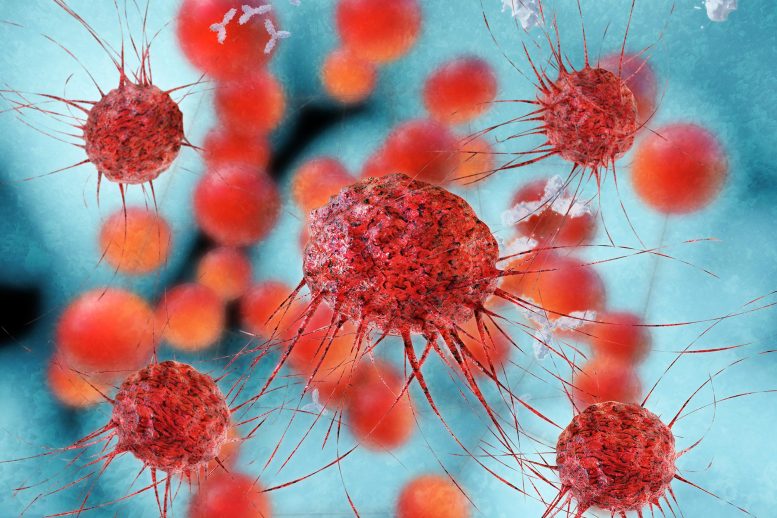
The newly identified tumors, referred to as hepatoblastomas with hepatocellular carcinoma features, often resisted conventional treatment and had dismal prognoses in the absence of more aggressive surgical procedures.
The new high-risk subtype of pediatric liver cancer was discovered using molecular profiling
Up until recently, almost all pediatric liver cancers were classified as either hepatoblastoma or hepatocellular carcinoma. However, pediatric pathologists have noted that certain liver tumors have histological characteristics that do not readily match either of these two carcinoma models. The outcomes for patients with these tumors are poor and the tumors are less likely to respond to chemotherapy.
Dr. Pavel Sumazin, an associate professor of pediatrics at Texas Children’s Cancer and Hematology Center and Baylor College of Medicine, sought to better understand this high-risk cancer.
The scientists examined the tumors’ molecular profiles, which included their gene expression and genetic makeup. The researchers discovered that these molecular profiles do not fall within the hepatoblastoma (HB) or hepatocellular carcinoma (HCC) classifications. These tumors, however, had recurrent molecular characteristics that have been reported in both HBs and HCCs. These tumors were classified as hepatoblastomas with hepatocellular carcinoma features (HBCs). The scientists’ research was published in the Journal of Hepatology.
The team also examined HBC treatments and outcomes and found that they tended to be more resistant to standard chemotherapy and have poor outcomes when not treated with more aggressive surgical approaches, including transplantation. Based on their findings, the team proposed a diagnostic algorithm to stratify HBCs and guide specialized treatment.
“Our findings highlight the importance of molecular testing to accurately classify these tumors to optimize treatment recommendations at the time of initial diagnosis,” said Dr. Dolores López-Terrada, corresponding author of the paper, professor of pathology, immunology, and pediatrics at Baylor and chief of the division of genomic medicine at Texas Children’s. “Our analysis suggested that children with HBCs may benefit from treatment strategies that differ from the guidelines for patients with hepatoblastoma and hepatocellular carcinoma.”
The study was funded by the Cancer Prevention and Research Institute of Texas (RP180674), the European Union’s Horizon 2020 (826121), the Schindler Foundation, and the National Cancer Institute (R21CA223140).
Reference: “Hepatoblastomas with carcinoma features represent a biological spectrum of aggressive neoplasms in children and young adults” by Pavel Sumazin and Tricia L. Peters, Stephen F. Sarabia, Hyunjae R. Kim, Martin Urbicain, Emporia Faith Hollingsworth, Karla R. Alvarez, Cintia R. Perez, Alice Pozza, Mohammad Javad Najaf Panah, Jessica L. Epps, Kathy Scorsone, Barry Zorman, Howard Katzenstein, Allison F. O’Neill, Rebecka Meyers, Greg Tiao, Jim Geller, Sarangarajan Ranganathan, Arun A. Rangaswami, Sarah E. Woodfield, John A. Goss, Sanjeev A. Vasudevan, Andras Heczey, Angshumoy Roy, Kevin E. Fisher, Rita Alaggio, Kalyani R. Patel, Milton J. Finegold, Dolores H. López-Terrada, 13 May 2022, Journal of Hepatology.
DOI: 10.1016/j.jhep.2022.04.035

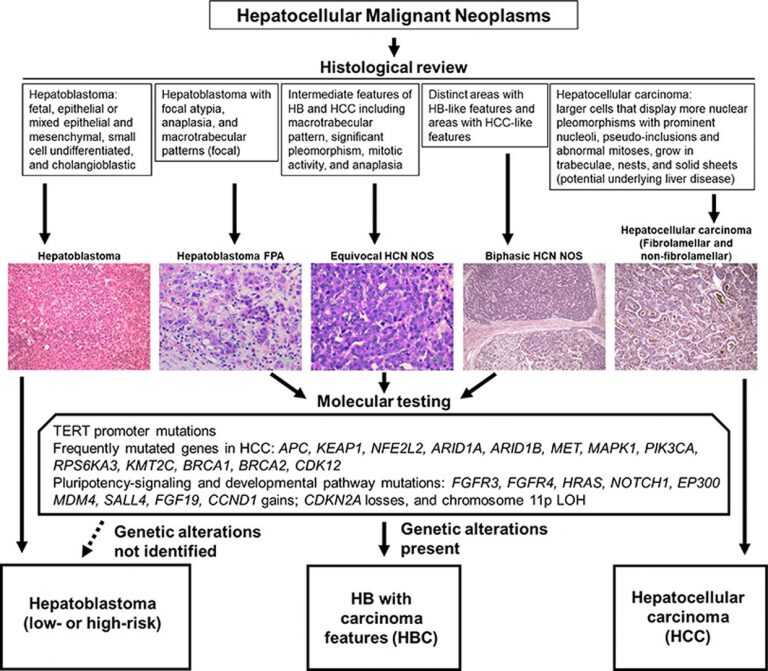
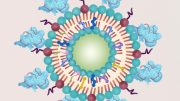


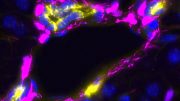

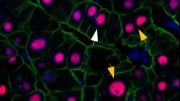
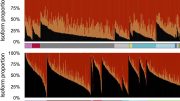

Be the first to comment on "A New, High-Risk Subtype of Cancer Has Been Discovered"